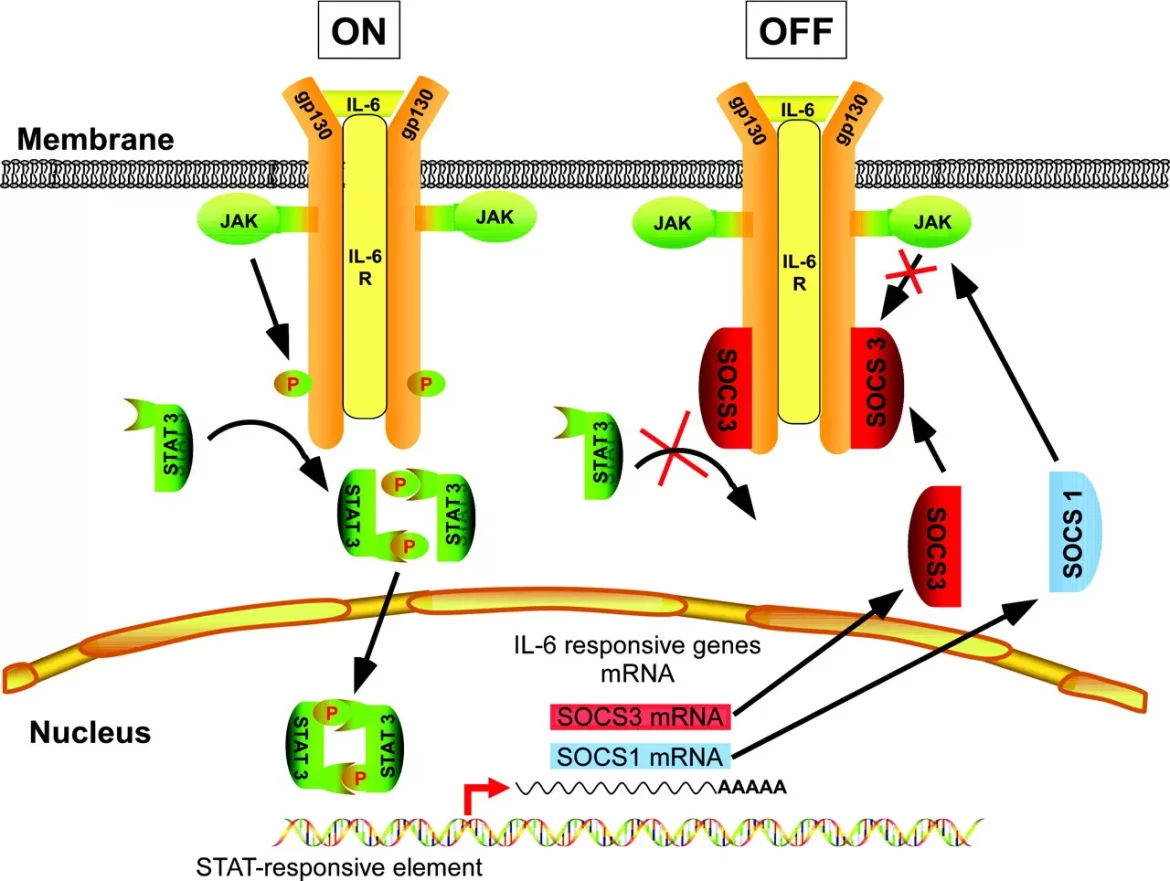Myocarditis, an inflammation of the heart muscle (myocardium), is a serious condition that can significantly impact heart function.
Diagnosing myocarditis can be challenging due to its varied symptoms, which often overlap with other heart conditions.
This article explores the comprehensive approach to diagnosing myocarditis, highlighting the importance of clinical evaluation, imaging studies, and laboratory tests.
Clinical Evaluation And History
Patient History
The first step in diagnosing myocarditis involves a thorough patient history. Physicians will ask about recent viral infections, autoimmune diseases, and exposure to toxins, which are common triggers for myocarditis. They will also inquire about symptoms such as chest pain, fatigue, shortness of breath, palpitations, and signs of heart failure.
Physical Examination
A physical examination is crucial in identifying signs that may suggest myocarditis. Doctors will listen for abnormal heart sounds, such as murmurs or pericardial friction rubs, and look for signs of fluid retention, including swelling in the legs and abdomen.
Electrocardiogram (ECG)
An electrocardiogram (ECG) is a non-invasive test that records the electrical activity of the heart. Although ECG findings in myocarditis can be non-specific, certain patterns may raise suspicion. These can include:
ST-T wave changes: Indicating myocardial injury.
Arrhythmias: Such as premature ventricular contractions, atrial fibrillation, or ventricular tachycardia.
Conduction abnormalities: Including atrioventricular block or bundle branch block.
See Also: What Food Can Improve Heart Health
Cardiac Biomarkers
Troponins
Troponins are proteins released into the bloodstream when the heart muscle is damaged. Elevated levels of cardiac troponins are indicative of myocardial injury and can suggest myocarditis, although they are not specific to this condition alone.
Creatine Kinase (CK-MB)
CK-MB is another enzyme released during myocardial damage. Elevated levels can support a diagnosis of myocarditis, particularly when correlated with clinical findings and other diagnostic tests.
Imaging Studies
Echocardiography
Echocardiography uses ultrasound waves to create images of the heart. It is a key diagnostic tool for myocarditis and can reveal:
Reduced ejection fraction: Indicating impaired heart function.
Regional wall motion abnormalities: Suggesting localized myocardial damage.
Pericardial effusion: Fluid accumulation around the heart, which can occur with myocarditis.
Cardiac Magnetic Resonance Imaging (MRI)
Cardiac MRI is considered the gold standard for imaging in myocarditis. It provides detailed images of the heart’s structure and function and can identify:
Myocardial edema: Indicative of inflammation.
Late gadolinium enhancement (LGE): Highlighting areas of myocardial damage or fibrosis.
Hyperemia: Increased blood flow to inflamed areas.
Chest X-ray
A chest X-ray can help identify signs of heart failure, such as an enlarged heart or pulmonary edema, which can be associated with myocarditis. However, it is not specific for diagnosing myocarditis.
Endomyocardial Biopsy
Procedure
Endomyocardial biopsy involves obtaining small tissue samples from the heart muscle, typically via a catheter inserted through a vein in the neck or groin. This procedure is invasive but can provide definitive evidence of myocarditis when analyzed histologically.
Histological Findings
Biopsy samples are examined under a microscope for signs of inflammation, such as:
Necrosis of myocytes: Indicating cell death due to inflammation.
Presence of giant cells or eosinophils: Suggesting specific types of myocarditis, such as giant cell myocarditis or eosinophilic myocarditis.
Molecular and Immunohistochemical Analysis
In addition to standard histology, molecular techniques, such as polymerase chain reaction (PCR), can detect viral genomes in biopsy samples. Immunohistochemical staining can identify specific immune cell markers, providing further insight into the inflammatory process.
Laboratory Tests
Blood Tests
Several blood tests can support the diagnosis of myocarditis by identifying underlying causes and assessing the body’s response to inflammation:
Complete blood count (CBC): Can reveal elevated white blood cells, indicating an inflammatory or infectious process.
Erythrocyte sedimentation rate (ESR) and C-reactive protein (CRP): Both are markers of inflammation that are often elevated in myocarditis.
Viral serologies: Testing for specific viral antibodies can help identify recent infections that may have triggered myocarditis.
Autoimmune Screening
In cases where autoimmune myocarditis is suspected, tests for autoimmune markers, such as antinuclear antibodies (ANA) or rheumatoid factor (RF), can be conducted.
Exercise Stress Test
An exercise stress test involves monitoring the heart’s response to physical exertion. This test can help evaluate the functional capacity of the heart and identify exercise-induced arrhythmias, which may be more prevalent in myocarditis.
Holter Monitoring
Holter monitoring involves continuous ECG recording over 24 to 48 hours to detect transient arrhythmias or conduction abnormalities that might be missed on a standard ECG.
Nuclear Imaging
Single Photon Emission Computed Tomography (SPECT) and Positron Emission Tomography (PET)
These imaging modalities use radioactive tracers to assess myocardial perfusion and inflammation. PET, in particular, can identify areas of active inflammation by highlighting regions with increased glucose metabolism, a hallmark of inflammatory cells.
Differential Diagnosis
Ruling Out Other Conditions
Several conditions can mimic myocarditis, and it is crucial to differentiate these to ensure accurate diagnosis and treatment. These conditions include:
Acute coronary syndrome (ACS): Can present with similar symptoms and ECG changes.
Pericarditis: Inflammation of the pericardium, often presents with similar symptoms but can be distinguished by specific physical findings and imaging.
Dilated cardiomyopathy: Chronic condition that may present similarly but typically shows different patterns on imaging and biopsy.
Integration of Findings
Diagnosing myocarditis often requires integrating clinical, laboratory, and imaging findings. No single test can definitively diagnose myocarditis; rather, a combination of findings builds the case for or against it.
Conclusion
Diagnosing myocarditis is a complex process that involves a combination of clinical evaluation, advanced imaging techniques, laboratory tests, and sometimes invasive procedures like endomyocardial biopsy. Each diagnostic tool provides critical information that, when combined, helps clinicians arrive at a definitive diagnosis. Early and accurate diagnosis is essential for managing myocarditis effectively and preventing potential complications, such as heart failure or arrhythmias.
As research and technology advance, the diagnostic approach to myocarditis continues to evolve, improving outcomes for patients affected by this challenging condition.

